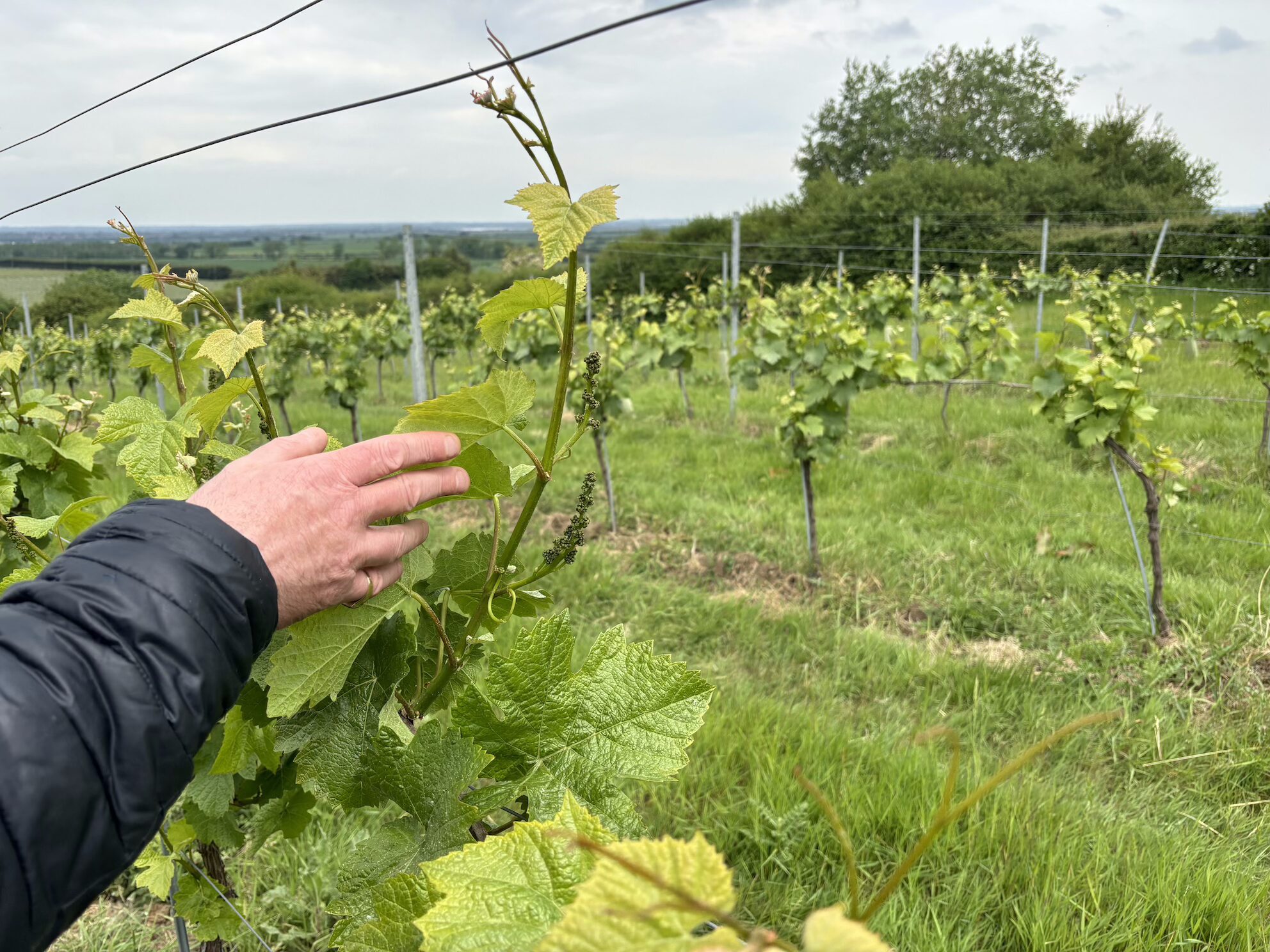Written by Ed Gardner
Wine Production in the UK is still in its infancy, only now stepping into its teenage years. This brings angst and opportunity in equal measure, against a backdrop of ever-changing domestic and global challenges – combined they make for an interesting time. So much has changed since the early pioneers like New Hall Vineyards in Essex were planting vines back in the early 1970’s. The pace of change is accelerating such that it’s worth reminding ourselves where we find the industry today.
Looking forward it’s increasingly clear that producers need to pay close attention to multiple factors in order to ensure sustainable long-term success. The local market will always have space for the niche low volume Hobbyist, but for those looking to build profitable businesses offering attractive long-term returns to shareholders clearer strategies need to be developed. To date it’s been possible to focus primarily on the farming aspect of wine production, but this is changing and changing fast. With supply now outstripping demand an understanding of consumers and changing trends is critical.
State of play

Some things to consider
Your consumer – this informs everything – right back to the choice and quantity of plantings in the vineyard. In my experience and all too often, this is done after the event and without sufficient regard for future yields, differentiated wine styles and clear market positioning.
The art of ‘Crystal Ball’ gazing: Moving from a production-led, to a demand-led business. Often the Winemaker’s voice is the loudest when those responsible for the ‘selling’ need greater sway.
What’s your specialism? An increasingly competitive marketplace demands clarity on what sets you apart – whether that be geography (the South Downs or the Crouch Valley) wine type (still or sparkling) or style (youthful, easy drinking or complex barrel aged) Over time it will become increasingly difficult to please everyone all of the time.
What’s your ‘individual story’ and brand personality? Quality is a given and buying wine is a discretionary purchase. In a market awash with choices, why would a customer buy your wine? Then more importantly come back again…and again..
Developing multiple sales channels and routes to market all demanding carefully considered and managed pricing strategies. This needs to include regular benchmarking of your competitor set to ensure dynamic market positioning.
Embracing technology and software to enhance Supply Chains. Inevitably as businesses grow, stock inventories expand, customer demands become more complex and varied – the risks increase and control through manual systems becomes more difficult and time consuming. A proactive approach in this area is bound to pay back in the medium to long term.
For obvious reasons UK Wine production has attracted a great deal of interest. Recent years have been marked by a significant number of new entrants drawn by the allure of owning your own vineyard and or winery. Many of them will go on to create successful sustainable businesses and some of those may even become globally recognised brands. However, many will not as the inevitable ‘shakeout’ gathers pace.
